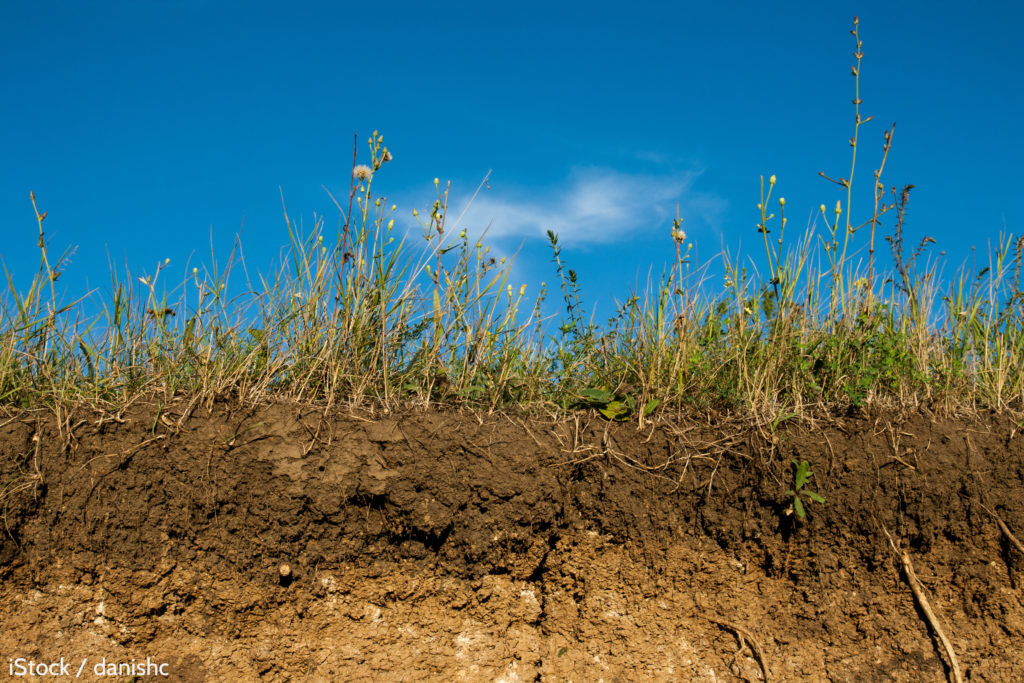
“The earth has music for those who listen” William Shakespeare
by Mario Catizzone
Think first, and then consider about soil
It sometimes feels like one category of scientists that no-one listens to is the soil scientists. We cannot blame people for that. We as soil scientists have to blame ourselves because for long time we focused exclusively the soil profile and its classification. Luckily, things have changed and soil science has evolved to consider soil in its ecosystem and now focuses on how to restore soil fertility and functions.
Here we can list few points acknowledged by soil science community:
Soil functions within its ecosystem
Soil, in addition to food production, affects vital ecosystem services such as water absorption, filtering and buffering capacity, as well as biodiversity.
Soil time cannot be “compressed”
To create 1 cm of soil it takes, according to natural condition, between 100 and 200 years. When you see a soil profile of 80 cm, you are contemplating between 8000 and 16000 years of history.
Soil consumption
Best agronomy technologies can do nothing in front of soil loss (percentage of arable surfaces) due to urbanisation, soil sealing, land grabbing and pollutions. The multifunctional nature and competing demands on soil and land resources from various actors (builders, planners, administrators, unions, CSOs …) need to be balanced with each other.
Financial threat to soils
There is a financial speculation on soils. Considered a highly profitable investment, more and more speculators buy land subtracting it from small farmers. In this way, the financial sector can control the whole chain of marketing from farm to fork. These financial aspects interest also different mafias for money laundering.
Equity: the world soil parameters
About 33% of world global soils are estimated moderately or highly degraded. By 2030, the Sustainable Development Goals ask for progressively improved land and soil quality. The SDG’s demand that we “restore degraded land and soil, including land affected by desertification, drought and floods, and strive to achieve a land degradation-neutral world”.
These points are few and clear. #SoilMatters puts on the table different issues seeking solutions, best practices, and ecological initiatives to implement. What we recommend is to analyse each issue but always within the frame of with the above-mentioned points.
Furthermore,Voluntary Guidelines for Sustainable Soil Management (UN FAO) indicates the good actions that each soil actors should adopt.
These guidelines were developed through an inclusive process within the framework of the Global Soil Partnership over 2016 and published in 2017. They emphasise the following areas for Sustainable Soil Management (SSM).
Minimize soil erosion
Enhance soil organic matter content
Foster soil nutrient balance and cycles
Prevent, minimize and mitigate soil salinization and alkalinization
Prevent and minimize soil contamination
Prevent and minimize soil acidification
Preserve and enhance soil biodiversity
Minimize soil sealing
Prevent and mitigate soil compaction
Improve soil water management
Equally, SSM is associated with the following characteristics:
1. Minimal rates of soil erosion by water and wind;
2. The soil structure is not degraded (e.g. soil compaction) and provides a stable physical context for movement of air, water, and heat, as well as root growth;
3. Sufficient surface cover (e.g. from growing plants, plant residues, etc.) is present to protect the soil;
4. The store of soil organic matter is stable or increasing and ideally close to the optimal level for the local environment;
5. Availability and flows of nutrients are appropriate to maintain or improve soil fertility and productivity, and to reduce their losses to the environment;
6. Soil salinization, sodification and alkalinization are minimal;
7. Water (e.g. from precipitation and supplementary water sources such as irrigation) is efficiently infiltrated and stored to meet the requirements of plants and ensure the drainage of any excess;
8. Contaminants are below toxic levels, i.e. those which would cause harm to plants, animals, humans and the environment;
9. Soil biodiversity provides a full range of biological functions;
10. The soil management systems for producing food, feed, fuel, timber, and fibre rely on optimized and safe use of inputs; and
11. Soil sealing is minimized through responsible land use planning.
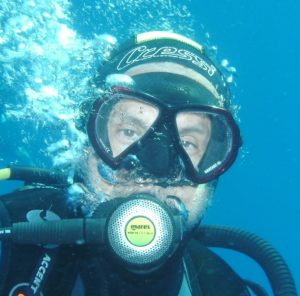 Mario Catizzone is an Italian Agronomist and Soil Scientist. He has worked for NGOs, IGOs and the UN FAO on activities related to environmental and agricultural concerns. From 1989 to 2013, he was Scientific Officer at the European Commission, Research Directorate General (RTD), dealing with environmental research (soil, water, remote sensing, terrestrial ecosystems and biological diversity), agriculture research (farming systems) and with sustainable development, in developing countries and in Europe. He then became Senior Scientific Officer at the ‘International Dimension of the Framework Programme’ with specific responsibility on Africa, India and China. he was detached two years in Sweden at the “Swedish Environmental Protection Agency” – NV (Stockholm) and six months at the Africa Union Commission Headquarters (Addis Ababa, Ethiopia). In 2014 he joined the Save the Landscape Forum (Forum Salviamo il Paesaggio) where he helped create the Soil Europe Group in which he acts as a referent.
Mario Catizzone is an Italian Agronomist and Soil Scientist. He has worked for NGOs, IGOs and the UN FAO on activities related to environmental and agricultural concerns. From 1989 to 2013, he was Scientific Officer at the European Commission, Research Directorate General (RTD), dealing with environmental research (soil, water, remote sensing, terrestrial ecosystems and biological diversity), agriculture research (farming systems) and with sustainable development, in developing countries and in Europe. He then became Senior Scientific Officer at the ‘International Dimension of the Framework Programme’ with specific responsibility on Africa, India and China. he was detached two years in Sweden at the “Swedish Environmental Protection Agency” – NV (Stockholm) and six months at the Africa Union Commission Headquarters (Addis Ababa, Ethiopia). In 2014 he joined the Save the Landscape Forum (Forum Salviamo il Paesaggio) where he helped create the Soil Europe Group in which he acts as a referent.



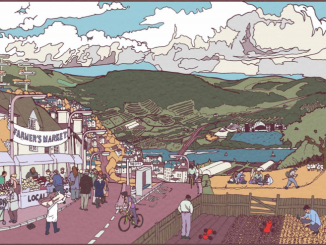
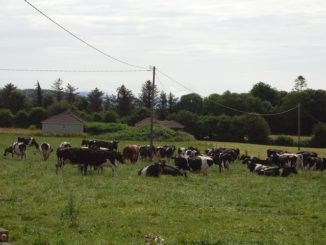
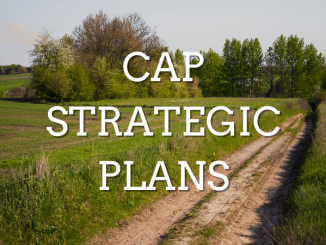
Great article